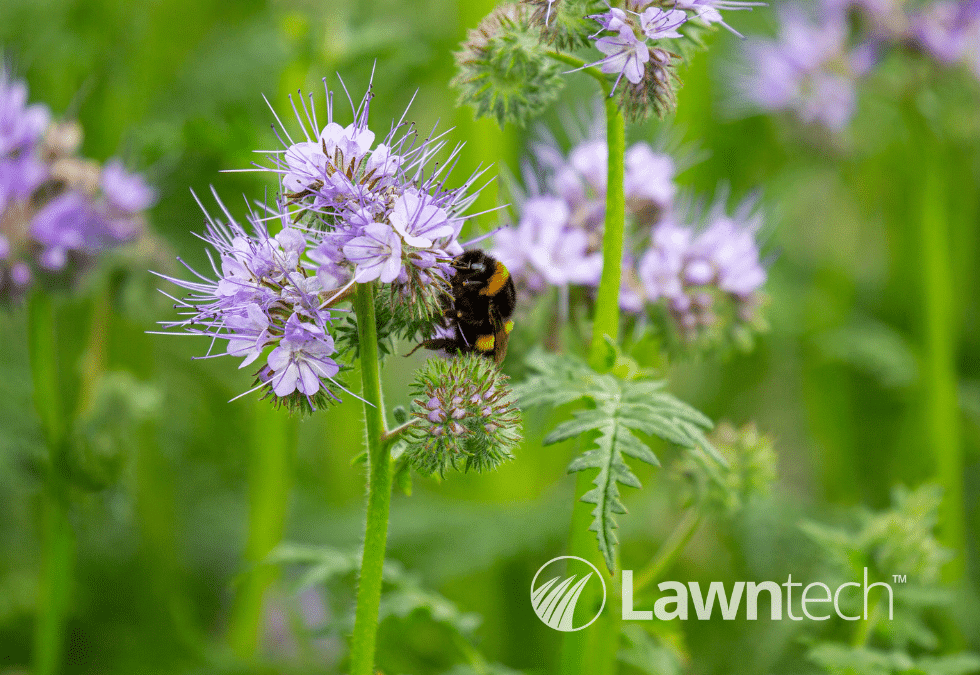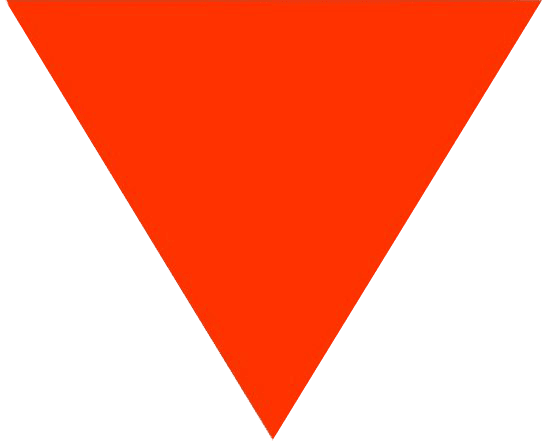If like us, you are buzzing for World Bee Day, you’ll be thinking about ways you can help protect our pollinators and there’s no better place to start than your garden.
Bees are essential to our ecosystem but around the world, bees are in decline. They need our help and support in protecting them and taking small steps such as introducing plants to your garden that have open flowers, allows bees to gain easy access to nectar and pollen.
Flowers are a bees best friend
Flowers are a beautiful way to brighten up your outdoor space whether small or large. They bring colour, smell and stunning displays in all different shapes and sizes adding character and personality to your garden. At Lawntech, we love to see our clients’ flowers bring a variety of colours to complement their lush, green lawns and as much as they are visually pleasing, they have a range of vital benefits to pollinators and wildlife too.
So if you’re planting in aid of our pollinators for World Bee Day, we have a few ideas for you.
Purple plants for pollinators
It’s a bit of tongue twister, but bees see the colour purple more than any other colour so purple plants are perfect for our pollinators.

A firm favourite for bees, lavender are a great addition to your garden.
Lavender
Lavender is a classic bee plant that’s rich in nectar. This fragrant plant provides nectar for foraging bees from spring and through summer and research suggests that the larger lavender cultivars are the best for bees.
Bluebells
Great for creating a mini woodland effect and filling in spaces under deciduous trees or along hedges and shrubs, true native British bluebells provide a valuable early nectar source for bees and other pollinators.

Blubells are beneficial to pollinators and considered attractive by many gardeners, however in some instances gardeners may wish to restrict the spread. They create a beautiful wildflower corner.
Foxglove
A classic cottage garden plant loved by long-tongued bees such as the garden bumblebee and the common carder bee. With brightly coloured flowers and dark spotted lip, foxglove provides the perfect source of pollen for bees. The lower lip of the flower allows our busy bees to land smoothly before climbing up the tube.

Foxgloves have long been popular choices for cottage gardens and a great attraction for bees.
Sweet Violet
For an enchanted garden effect, sweet violet is the perfect choice with its delicate flowers and fragrant scent. They provide nectar and some pollen to the first bees and other pollinators in the cold spring months.

Deep purple flowers and unforgettable sweet scent, sweet violet is an important source of nutrition for bees as one of the earliest flowering plants in the year.
Honeysuckle
Now not necessarily purple, but a great source of nectar all the same. Bees are attracted to honeysuckle that is highly fragrant. Nectar on honeysuckle is often hidden deep into the long flower heads. This perfect for bumblebees as they have long tongues so prefer foraging in trumpet shaped flowers.

Honeysuckles aren’t just beneficial to bees but will also attract other pollinators to your garden such as butterflies.
Organic Lawn Care
Whether you are pot planting or dedicating an area of your garden to wildflower, your garden will soon be host to a buzzing community of bees and wildlife with even just a small injection of bee friendly flowers.

We offer a 100% natural organic lawn care programme to keep your lawn green and healthy throughout the year without using any chemicals or synthetic fertilisers.
Here at Lawntech, we are proud to have an advocate for supporting wilder areas of wildflower to accommodate our nations wildlife and this can make for a beautiful backdrop to your manicured lawns.



